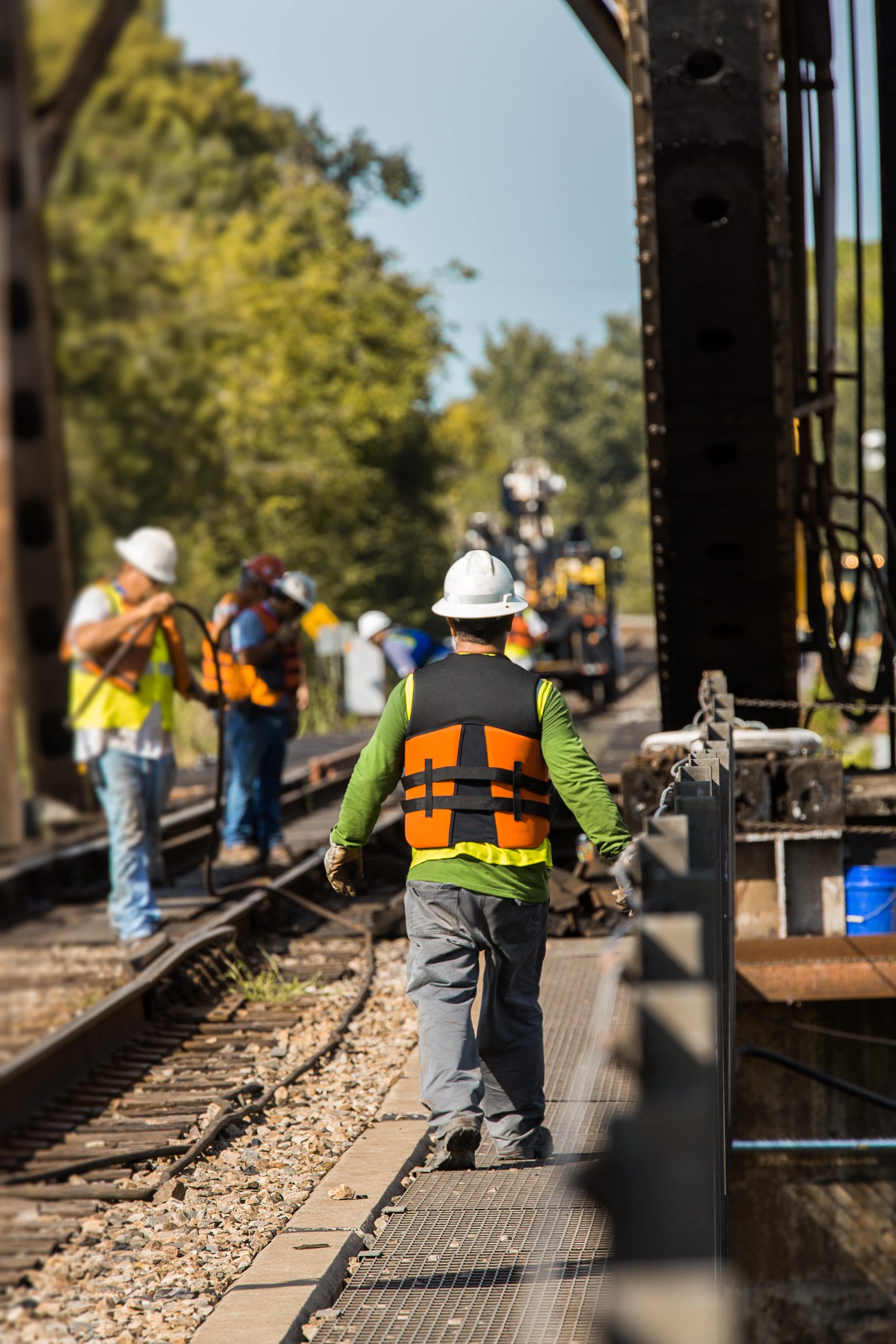Three Of The Biggest Catastrophes In Railroad Workers Cancer History
Understanding Railroad Workers' Cancer: An Overview of Risks, Exposure, and Advocacy
Railroad workers are an essential part of the transport industry, ensuring that goods and products move effectively within and in between areas. However, this profession includes significant health threats, particularly concerning cancer. Over the past years, various research studies have actually linked numerous occupational direct exposures experienced by railroad workers to an increased danger of developing cancer. This post aims to dig into the aspects adding to this danger, the health ramifications, and advocacy efforts to support affected workers.
The Nature of Occupational Risks
Railroad work is inherently dangerous, exposing workers to different harmful agents. While not an exhaustive list, the following table sums up some of the most concerning exposure aspects linked to increased cancer risk among railroad workers.
Exposure Type
Description
Cancer Types Linked
Benzene
A chemical commonly used in fuels and solvents, present in diesel exhaust fumes.
Leukemia, Non-Hodgkin lymphoma
Asbestos
Utilized historically in insulation and fireproofing materials; present in older trains.
Lung cancer, Mesothelioma
Radiation
Exposure to ionizing radiation, particularly for workers associated with upkeep.
Different cancers (breast, skin, and so on)
Polycyclic Aromatic Hydrocarbons (PAHs)
Produced from the insufficient combustion of nonrenewable fuel sources.
Lung and bladder cancer
Silica dust
Workers can be exposed to silica when cutting or grinding materials.
Lung cancer, Silicosis
Health Implications of Exposure
Railroad workers frequently encounter carcinogens that stay in the environment long after their presence. Chronic exposure to these harmful compounds can disrupt cellular processes, leading to mutations and cancer development. Research studies support that:
- Leukemia and Non-Hodgkin lymphoma are significantly more common among workers exposed to benzene.
- Lung diseases, including cancer, are significantly greater in workers exposed to asbestos, particularly when combined with smoking.
- Bladder and skin cancers have been connected with long-lasting exposure to PAHs.
Beyond cancer, these direct exposures can lead to persistent respiratory concerns, skin diseases, and neurocognitive disorders, illustrating the immediate need for awareness and preventive measures.
Advocacy for Railroad Workers
Awareness of the dangers dealt with by railroad workers has actually caused advocacy efforts aimed at enhancing office security and offering support for affected individuals. Railroad Cancer Settlements , labor unions, and health specialists are collaborating to accentuate the predicament of these workers.
Key Advocacy Points:
Increased Regulation: Advocates are pushing for more powerful guidelines on the use of harmful materials and much better assessment of exposure threats.
Health Monitoring: Regular health screenings for railroad workers can help in the early detection of cancer and other associated illness.
Compensation and Benefits: Efforts to guarantee that railroad workers have access to suitable workers' compensation and health care benefits for occupational illness are continuous.
Education: Educating both workers and employers about the dangers and safe handling of products can help minimize exposure.
Support Networks: Establishing peer support system for affected workers can aid in handling the emotional and mental impacts of their medical diagnoses.
Frequently Asked Question about Railroad Workers' Cancer
Q1: What is Railroad Workers' Cancer?A1: Railroad Workers
'Cancer refers to numerous cancers that have been connected to occupational exposures in the railroad industry, including lung cancer, leukemia, and mesothelioma.
Q2: What are the main carcinogenic exposures in the railroad industry?A2: Key exposures include benzene, asbestos, PAHs, and radiation, with each carrying its own set of associated cancer threats.
Q3: How can railroad workers minimize their risk of developing cancer?A3: Workers can lessen risk through appropriate usage of personal protective equipment( PPE), adhering to safety procedures, and taking part in routine health screenings. Q4: Are there compensation programs offered for affected railroad workers?A4: Yes, there are programs and legal avenues for compensation, though accessing these benefits frequently requires browsing complex policies. Q5: What can advocate groups do to help railroad workers experiencing cancer?A5: Advocate groups can rally for policy modification, supply instructional resources, and establish health monitoring initiatives to better support affected workers. The connection between railroad work and cancer is a pushing public health concern that requires immediate attention from regulators, employers, and advocacy groups
. Increasing awareness about the dangers of occupational direct exposures, coupled with proactive steps for employee safety, is necessary for protecting the health of railroad workers. Dealing with these concerns not just honors the sacrifices of those who keep our economy moving however likewise promotes a much safer and much healthier work environment for future generations in the industry. Last Thoughts The fight against occupationally caused cancers among railroad workers is not just the responsibility of those directly included; awareness and action from the basic public can also contribute
to changes that ensure
the safety and health of many people. As the concern garners more attention, the hope is for a future where such avoidable diseases no longer plague our vital workforce.  ****
****